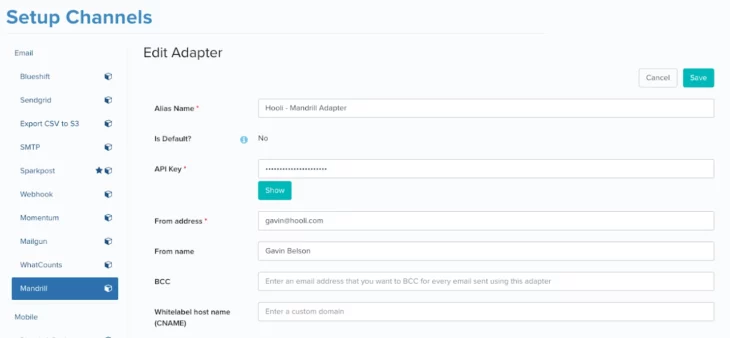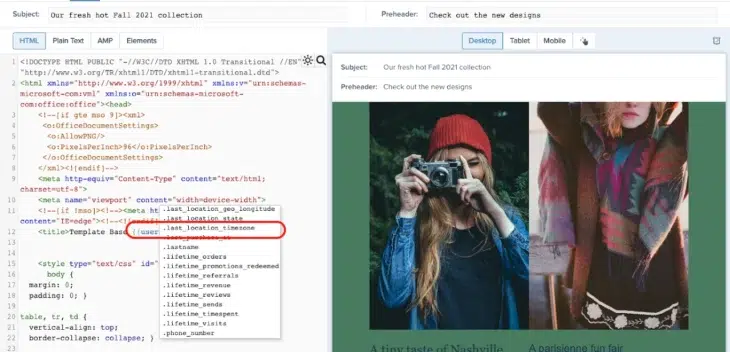07.20.21 AND 07.06.21
July Updates
07.20.2021
Campaign Holdout Reporting
To help you understand the incremental impact of campaigns, we’ve released a campaign holdout feature that allows you to exclude a group of users from being messaged by a campaign. Now with campaign holdout reporting you’ll be able to run and analyze tests comparing outcomes for the group of users who receive messages from a campaign (the test group) against the group of users who did not (the control group) and assess performance lift from campaign exposure directly within the Blueshift platform.
We support two types of holdout (control) groups:
- Global Control Group: A percentage of users will be held out from ALL campaigns and syndications. This allows you to analyze the overall impact of your marketing strategy.
- Campaign Control Group: A group of users will be held out from a specific campaign.
Holdout reports are easily accessible from the campaign index screen, the campaign detail screen, and the campaign journey screen through the ‘Holdout Report’ menu option. In the holdout report screen you’ll be able to see the conversion lift from running a campaign for a selected goal metric and time period as well as the statistical significance level of the results.
07.20.2021
Reference Segments in Basic Segment Builder
To help create and iterate on segments faster, you can now define a segment (the reference segment) and re-use its segment criteria when building another segment within our basic segment builder like you can in the advanced segment builder. This means you’ll no longer need to re-create complex segment queries when using the basic segment builder, which minimizes human error when defining segments. As an added benefit, this feature reduces the complexity of building more advanced segments by breaking down query logic into smaller, more digestible semantic units.
To use reference segments in the basic segment builder, you will now find a new category called ‘Member of Segment’. Use this condition to reuse the segment criteria from a previously created segment. Reference segments can be segments built using the basic segment builder, advanced segment builder, or they can reference a custom list.
07.06.21
Mandrill Integration for Transactional Email
Blueshift now has native support for email service provider, Mandrill, to send transactional emails. This gives you six native email solutions within Blueshift to choose from, along with Sendgrid, Sparkpost, Mailgun, Momentum, and WhatCounts. These native email adapters allow you to send dynamic, high-volumes of emails directly from Blueshift’s campaign journey builder and have the emails personalized and triggered at key points in the customer journey using the rich data within Blueshift. You can automatically track core performance metrics of your email campaigns such as sends, impressions, clicks, bounces, and more.
07.06.21
Catalog Export Enhancements
To help you get visibility into what products are being recommended by the Blueshift’s recommendation algorithms, we have added the product UUID column (in addition to Item ID) to catalog export CSV files. Now you can join the product recommendations sent to a user, which is available in the campaign activity report, with the rest of the catalog details for greater insight.
07.06.21
User’s Time Zone for Personalization
You can now use a user’s last known time zone to personalize messages. The attribute name “last_location_timezone” is now available in all our creative studios and you can use this field within Liquid to personalize content. For example, if you operate in multiple regions, you could use the user’s last known timezone as a proxy for their location and send them content that is relevant to their location.



